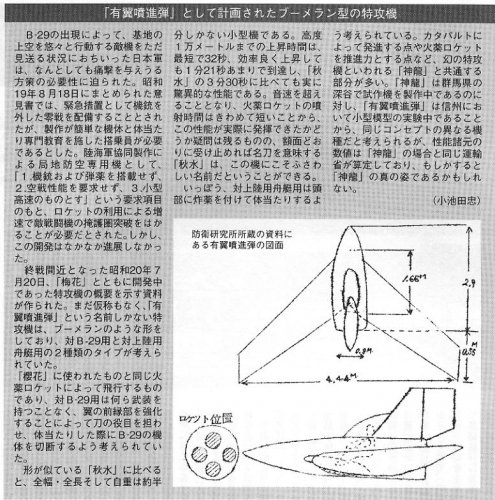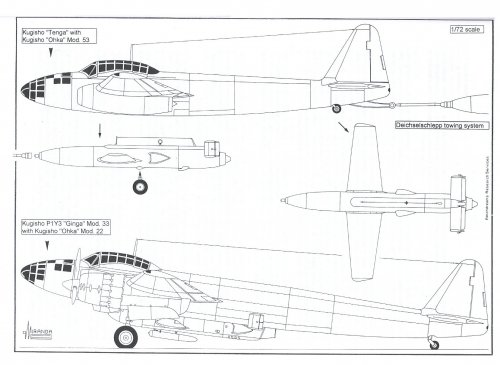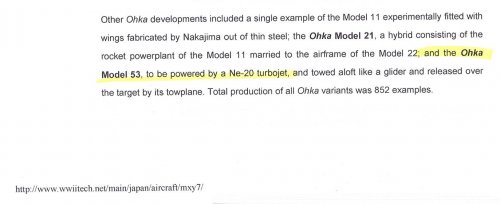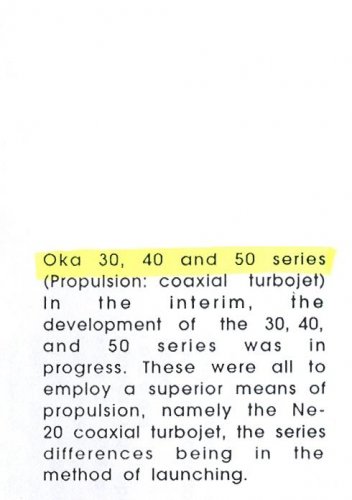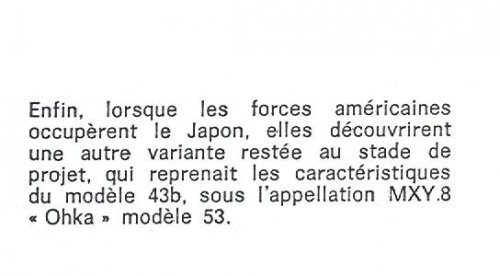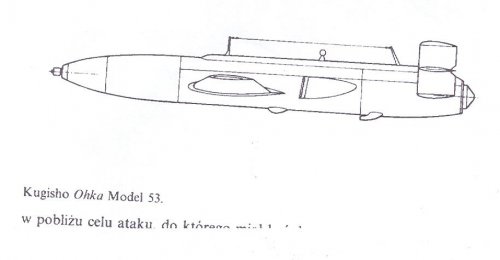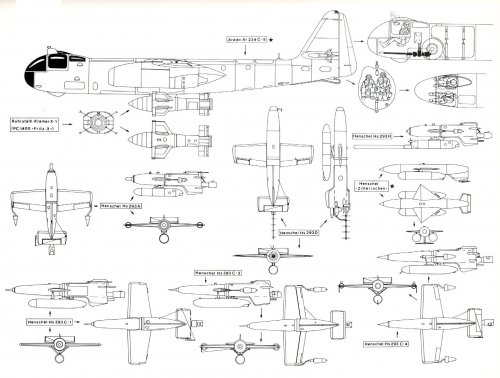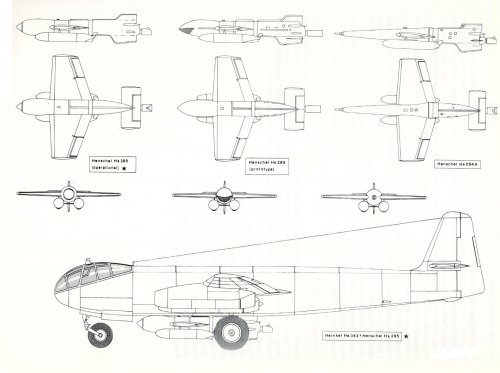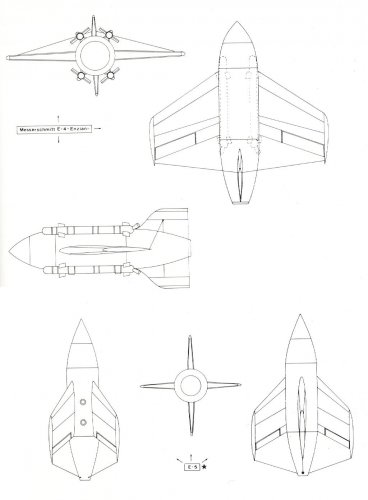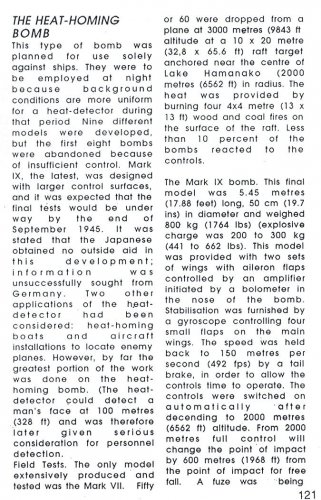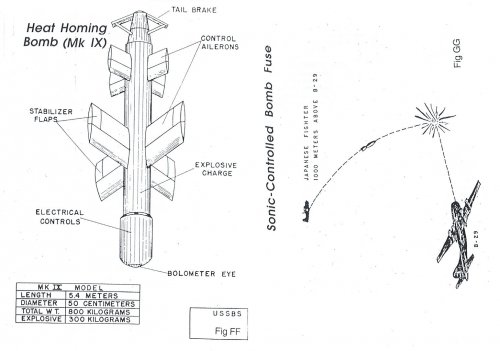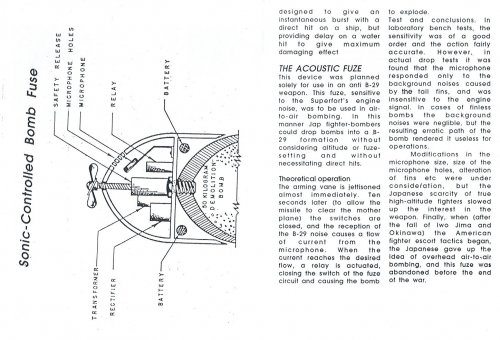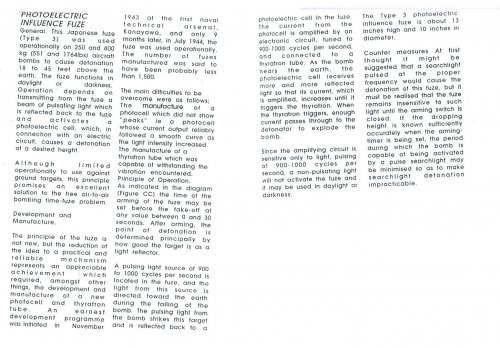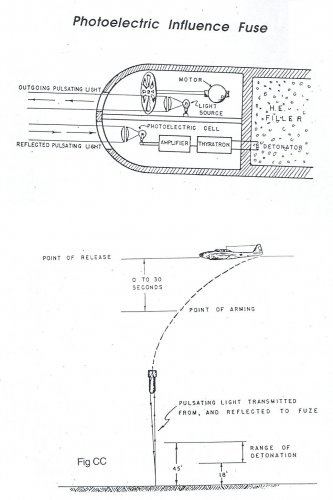Pelzig
ACCESS: Secret
- Joined
- 23 October 2008
- Messages
- 448
- Reaction score
- 77
Also in the Maru Special book on the Reppu (which, if you love the Reppu, this book is for you. Hobby Link Japan has it on backorder right now) was this little bit in the back. It is a sketch of a rocket powered rammer. Another piece of art elsewhere in the book shows two of them in action, one having cleaved off the tail plane of a B-29. It would appear it was recoverable as the wing tips were depicted as having landing skids and it looked to be heavily reinforced to enable it to survive the impact and that the cockpit and canopy were armored. I don't recognize much out of the text save it is a 1944 or 1945 concept.
We know the flood gates of German technology were finally opened in 1945 and perhaps some of the German rammer plans or concepts filtered over? It has a wingform much like the Kayaba gliders and Katsuodori ramjet fighter and, dare I say, a Lippisch-like tail with the cockpit blended into it.
Someone taking a crack at the Japanese may shed some light on it. Be interesting if it was a genuine project and not something made up.
One of the other neat drawings was a profile of a turbojet powered Nakajima J1N Gekko.
Cheers!
We know the flood gates of German technology were finally opened in 1945 and perhaps some of the German rammer plans or concepts filtered over? It has a wingform much like the Kayaba gliders and Katsuodori ramjet fighter and, dare I say, a Lippisch-like tail with the cockpit blended into it.
Someone taking a crack at the Japanese may shed some light on it. Be interesting if it was a genuine project and not something made up.
One of the other neat drawings was a profile of a turbojet powered Nakajima J1N Gekko.
Cheers!

